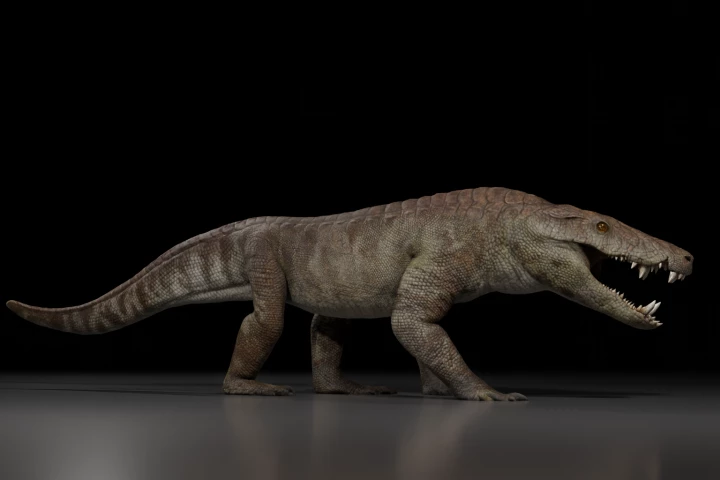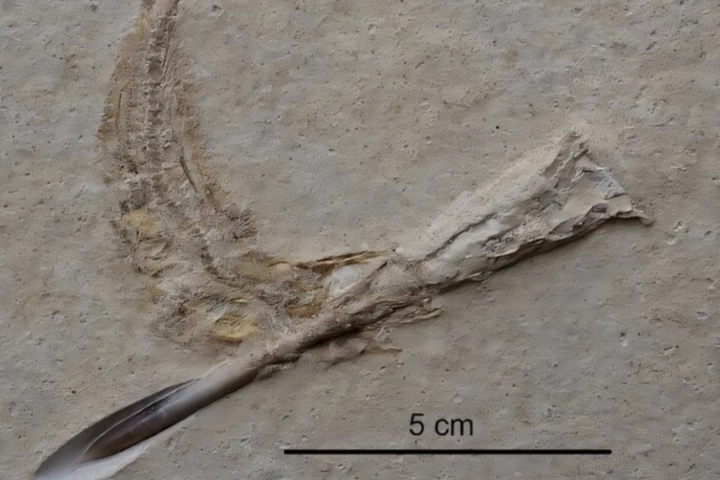Fossils
-
Scientists have sequenced RNA from a nearly 40,000-year-old woolly mammoth leg, the oldest ancient RNA ever recovered. These fragile molecules could reveal which genes were active in the animal’s final hours.
-
The extent of an incredible dinosaur highway has been revealed in Bolivia. More than 16,000 footprints, along with tail impressions, have been fully documented – and the scale of theropod activity alone is unlike anything that's been seen before.
-
Bears look like textbook mammals, but hidden in their evolutionary history are two dramatic departures from the rules of growth and adaptation. Scientists have now unlocked when, and how, ancient bears broke the rules and hacked nature out of need.
-
Using advanced chemistry and AI, a team of Carnegie researchers uncovered new chemical traces of Earth's earliest life in 3.3‑billion‑year‑old rocks, and evidence that oxygen‑producing photosynthesis began over 800 million years earlier than thought.
-
More than 60 million years on from its final day on Earth, there's a dinosaur we owe an apology. Paleontologists confirm that the Tyrannosaurus rex locked in combat with a Triceratops in the famous Dueling Dinosaurs specimen is not a T. rex after all.
-
Unearthed in southern Patagonia, a remarkably intact skeleton has been found to be a new species of crocodyliform: A fearsome hypercarnivore that roamed the Earth 70 million years ago, using its blade-like teeth to tear up pray – including dinosaurs.
-
Traces of a psychoactive compound has been found in the dental plaque of a woman buried 4,000 years ago, making it the earliest direct chemical evidence of humans chewing betel nut – the world's fourth biggest drug, after tobacco, caffeine and alcohol.
-
The first known cases of accidental choking have been discovered, dating back 150 million years, when some ambitious fish got more than they bargained for while picking off algae from squid-like carcasses. It's history's oldest mealtime misadventure.
-
For the first time, scientists have pieced together the diverse diet of a sauropod species, using advanced technology to assess the fossilized stomach contents that make up the dinosaur's last meal, which took place around 95 million years ago.
-
If you ever travel back in time to the reign of dinosaurs, don’t touch any flowers – it might just be a parasitic wasp in disguise. Analysis of wasps preserved in amber show how the insect ensnared hosts for its larvae with a Venus flytrap-like butt.
-
Everyone's favorite prehistoric shark may have been much sleeker and much larger than previously thought. A new study suggests that the megalodon wasn't as stocky as the great white shark, and that it could have reached over 24 m (80 ft) in length.
-
You may think that if a species died out millions of years ago, its design would be too old to have any applications in our technology. A new analysis of pterosaur bones, however, suggests that they could inspire lighter, stronger aircraft materials.
Load More











